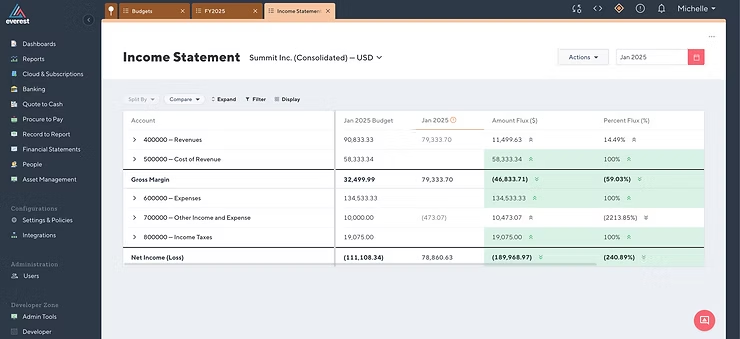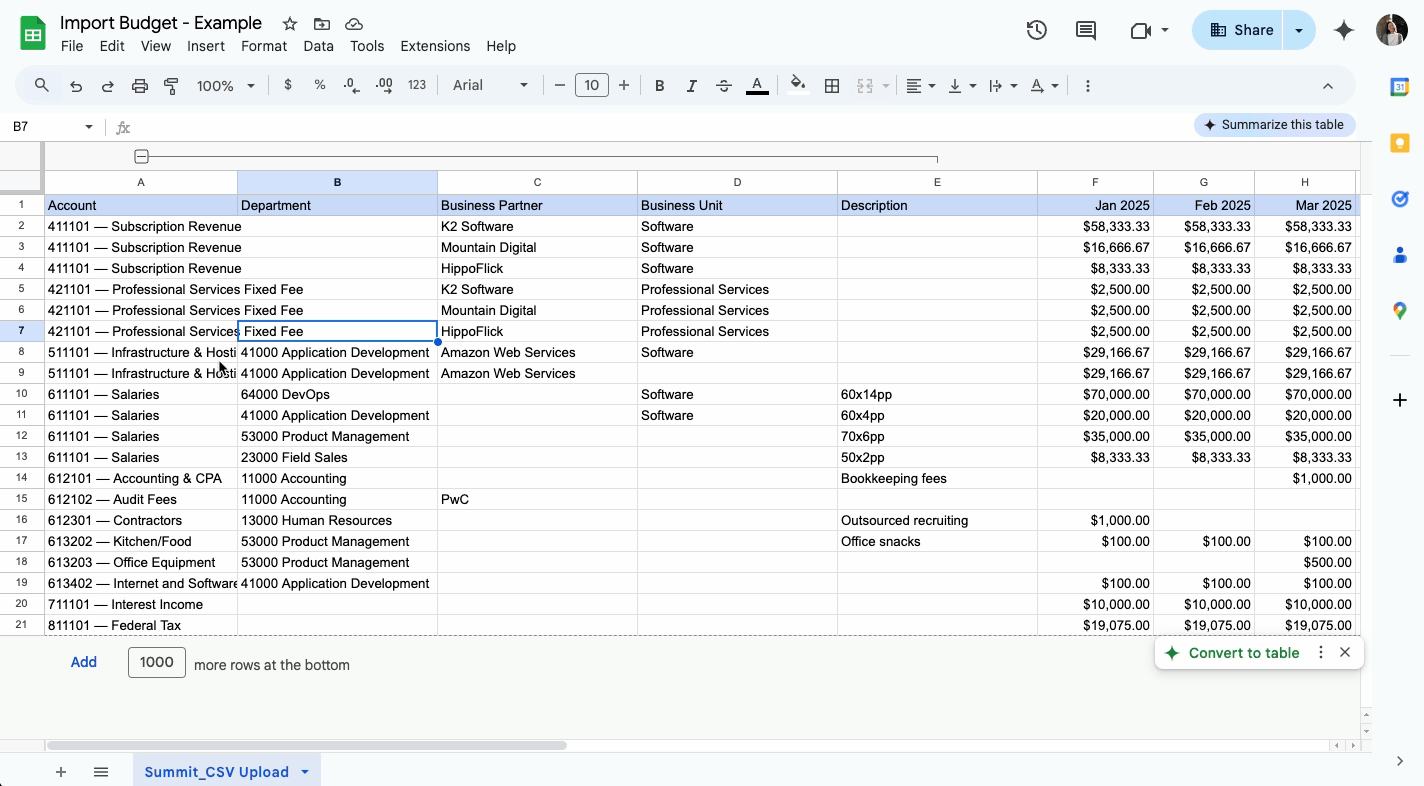As a former FP&A professional, I know firsthand that one of the biggest challenges in the role is—no surprise—reporting. Month-end reporting? A constant headache. Reporting for strategic planning? Even worse.
But why is it so difficult to build the same (or nearly the same) report month over month or forecast over forecast? At its core, the issue is that the data behind these reports is often scattered across multiple systems—or, in some cases, not in a system at all, but buried in Excel spreadsheets. While generating the report itself is relatively straightforward, the real time-consuming task is pulling together the necessary detail to explain the numbers. FP&A teams need to ensure everything ties out while also having enough transactional data to analyze and articulate why figures have changed. When there’s a lack of clarity, we’re forced to dig into various systems. And if the detail simply doesn’t exist—especially when comparing strategic plans to prior versions—we’re often left at a standstill.
Everest has tackled a major part of this challenge by embedding actuals and budgets into a single, connected system. Users can upload budget data directly into Everest and seamlessly perform Budget vs. Actuals comparisons—eliminating the need for tedious exporting, reformatting, and manual adjustments.

But what about the underlying detail behind the numbers? Because Everest serves as your system of record for actuals, it retains all relevant transactional information. And when it comes to budgeting, the level of detail is entirely up to you. If you load every planned software purchase by business unit and department, including start and end dates in the description, that data remains accessible in Everest—no more searching through scattered Excel files.

Everest is reinventing ERP for the businesses of today, led by a team of former accountants, finance professionals, and business users who have transitioned into product management. We deeply understand the challenges users face—because we’ve experienced them firsthand. We recognize that ERPs aren’t just for accountants, but finance teams as well.
Michelle San




